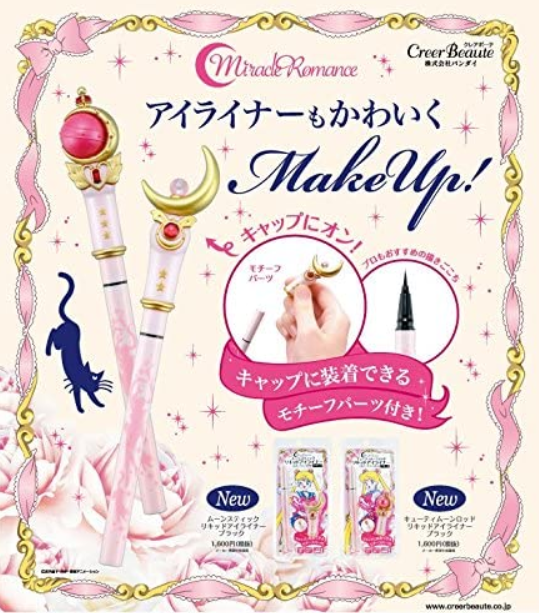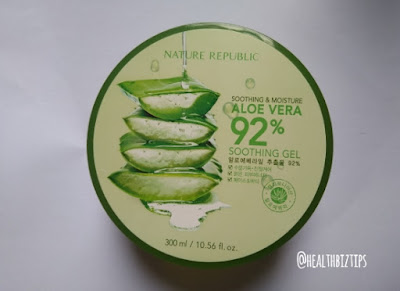6 Facts about E. coli and UTI
6 Facts about E. coli and UTI
What you should know about E. coli and UTI
By: Arlene Gentallan
Escherichia coli (E. coli) and UTI (urinary tract infection) has strong link because:
1. E. coli is the most common cause of UTI (urinary tract infection.)
2. E. coli is one of the hundreds or thousands of bacteria species that reside inside your intestine. They thrive in your gut, well adaptive to the acidic and airless (anaerobic) environment of your intestine. Although they grow better with air (aerobic).
3. Under normal condition, E.coli should not be present in the urinary tract. But due to the proximity of the anus to the urethra, they can find their way in and multiply in the urinary bladder, causing urinary tract infection.
4. E. coli can resist freeze and drying. These rod-shaped gram-negative warm-blooded bacteria's optimal temperature is 37°C but they are mesophilic so they can survive between 20 (58°F) and 45°C (113°F). They can even survive temperature of 4°C (39.2°F).
5. E. coli prefer around a neutral pH, but they can survive high acidity as opposed to high alkalinity. E. coli has been shown to survive even in pH as low as 2.5(acidic), but can only last in pH as high as 8.5(alkaline).
6. Your urine's pH level determine if it's acidic or alkaline. Lower number of pH means acidic. High number of pH means alkaline. The normal urine pH level should be near neutral (pH 6.5 - 8.0). This neutral pH is optimal for E. coli survival and growth.
 |
| 6 Facts about E. coli and UTI |
What you should know about E. coli and UTI
By: Arlene Gentallan
Escherichia coli (E. coli) and UTI (urinary tract infection) has strong link because:
1. E. coli is the most common cause of UTI (urinary tract infection.)
2. E. coli is one of the hundreds or thousands of bacteria species that reside inside your intestine. They thrive in your gut, well adaptive to the acidic and airless (anaerobic) environment of your intestine. Although they grow better with air (aerobic).
3. Under normal condition, E.coli should not be present in the urinary tract. But due to the proximity of the anus to the urethra, they can find their way in and multiply in the urinary bladder, causing urinary tract infection.
4. E. coli can resist freeze and drying. These rod-shaped gram-negative warm-blooded bacteria's optimal temperature is 37°C but they are mesophilic so they can survive between 20 (58°F) and 45°C (113°F). They can even survive temperature of 4°C (39.2°F).
5. E. coli prefer around a neutral pH, but they can survive high acidity as opposed to high alkalinity. E. coli has been shown to survive even in pH as low as 2.5(acidic), but can only last in pH as high as 8.5(alkaline).
6. Your urine's pH level determine if it's acidic or alkaline. Lower number of pH means acidic. High number of pH means alkaline. The normal urine pH level should be near neutral (pH 6.5 - 8.0). This neutral pH is optimal for E. coli survival and growth.







